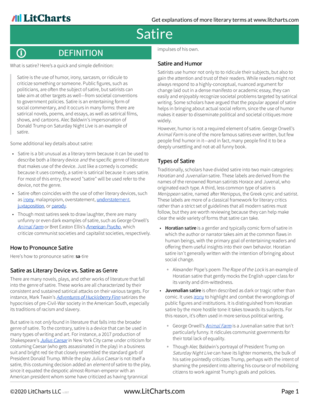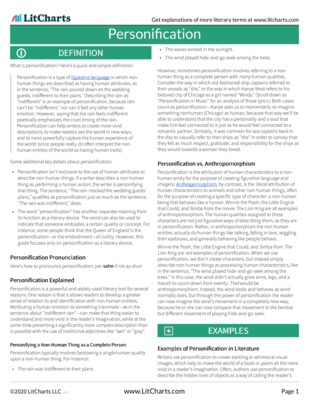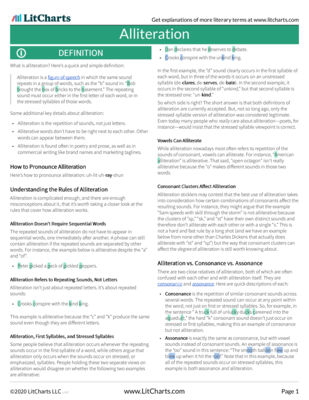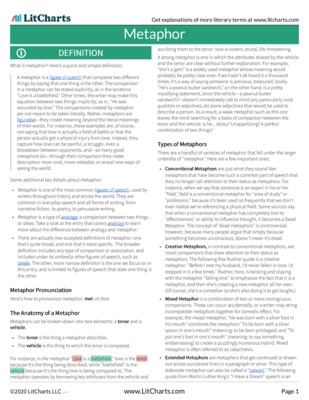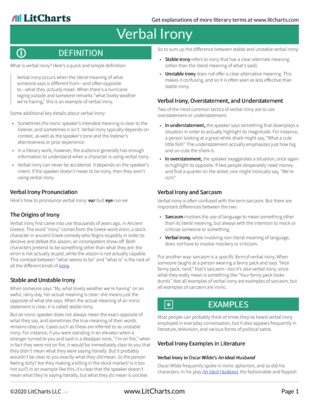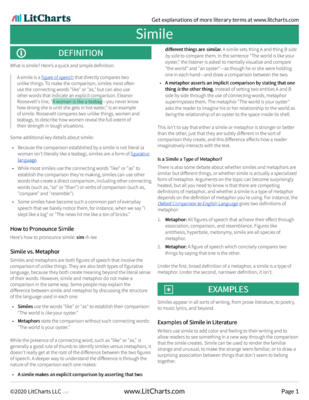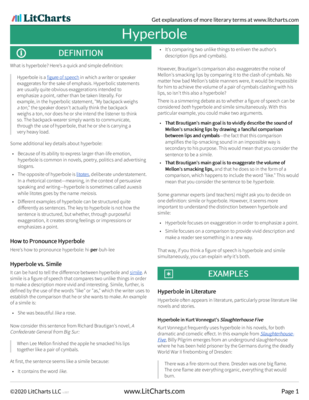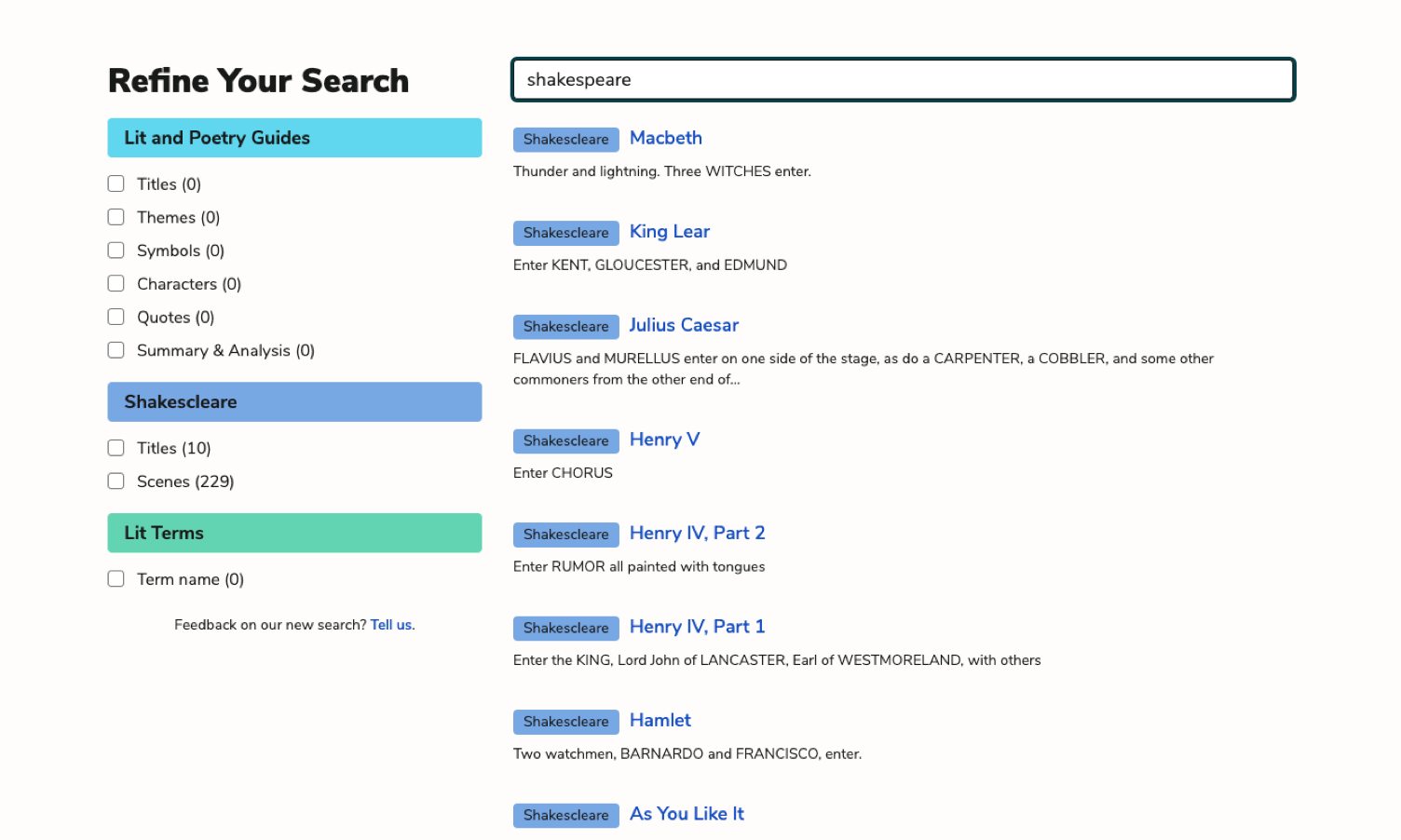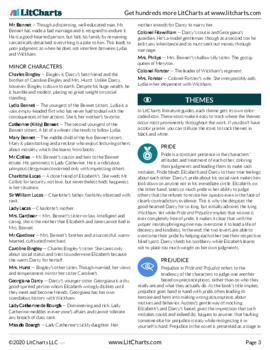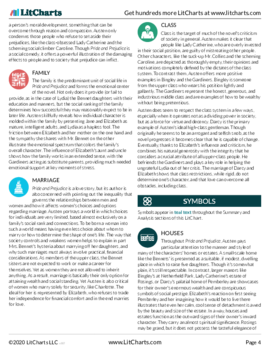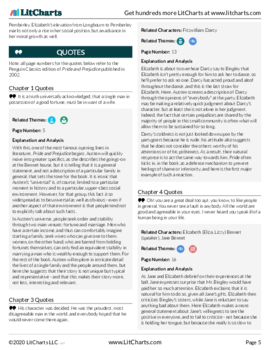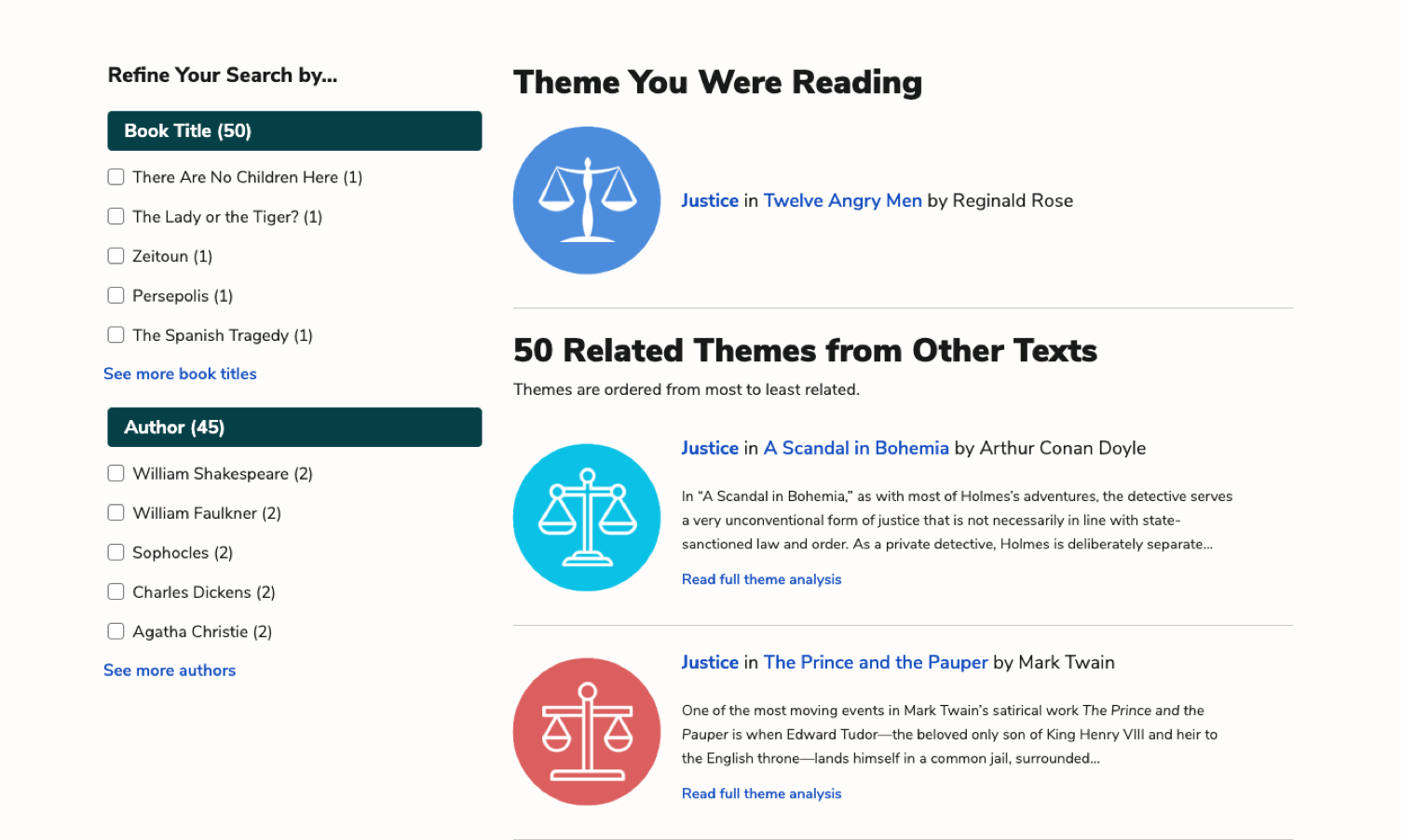- All's Well That Ends Well
- Antony and Cleopatra
- As You Like It
- The Comedy of Errors
- Coriolanus
- Cymbeline
- Hamlet
- Henry IV, Part 1
- Henry IV, Part 2
- Henry V
- Henry VI, Part 1
- Henry VI, Part 2
- Henry VI, Part 3
- Henry VIII
- Julius Caesar
- King John
- King Lear
- Love's Labor's Lost
- A Lover's Complaint
- Macbeth
- Measure for Measure
- The Merchant of Venice
- The Merry Wives of Windsor
- A Midsummer Night's Dream
- Much Ado About Nothing
- Othello
- Pericles
- The Rape of Lucrece
- Richard II
- Richard III
- Romeo and Juliet
- Shakespeare's Sonnets
- The Taming of the Shrew
- The Tempest
- Timon of Athens
- Titus Andronicus
- Troilus and Cressida
- Twelfth Night
- The Two Gentlemen of Verona
- Venus and Adonis
- The Winter's Tale
plus so much more...
-
Lines 1-4
"To Brooklyn Bridge" is a tribute to one of the world's most famous bridges, but it takes a few stanzas to introduce its main subject. The poem begins, instead, by describing the flight of a seagull near the bridge. By delaying the introduction of the bridge itself—the entrance of its main character, so to speak—the poem creates a sense of drama and expectation.
The description of the seagull is highly musical, full of short /i/ assonance and consonance:
How many dawns, chill from his rippling rest
The seagull's wings shall dip and pivot him,
Shedding white rings of tumult, [...]The echoing /i/, /ip,/ and /ings/ sounds seem to ripple throughout the stanza, much like the "rippling" water around the "rest[ing]" bird. (Gulls often sleep on or near open water; this particular gull has been resting on the "bay waters" of New York Harbor.) The repetition also creates a sense of energy and momentum as the bird takes flight. Once aloft in the cold dawn air, the gull dives and wheels—"dip[s] and pivot[s]"—by adjusting his "chill[y]" wings. In the process, he seems to trace "white rings" in the air, and he "Shed[s]" white feathers due to the turbulence ("tumult") of his flight.
As he soars, according to the poet, the gull "build[s] high / Over the chained bay waters Liberty." This odd phrase mashes together several ideas into one dense image. Mainly, it suggests that the gull's flight creates, or "build[s]," an image of liberation that contrasts with the confined (metaphorically, "chained") waters of the "bay." Indeed, the bird seems to shed not only his feathers but any ties to the earth below. But the capitalization of "Liberty" also evokes another familiar sight in New York Harbor: the Statue of Liberty. The poet isn't claiming that the gull literally builds this statue, of course; rather, the gull's rising flight seems to create a comparable, figurative monument to freedom. It might even draw the viewer's eyes toward Lady Liberty. Moreover, the seagull does this repeatedly, morning after morning: "How many dawns [this happens]," the poet marvels, opening the poem in a tone of wonder.
If the poet seems to be squeezing a lot into these first few lines, that's because he's doing it on purpose! Hart Crane developed a style that flowed rapidly from image to image, metaphor to metaphor, in a fluid, intuitive, associative fashion. He called this technique his "logic of metaphor," and he used it to capture the dynamic, fast-paced modern world—including the busy cityscape this poem portrays.

|
PDF downloads of all 3061 of our lit guides, poetry guides, Shakescleare translations, and literary terms.
PDF downloads of all 1916 LitCharts literature guides, and of every new one we publish.
Learn more
|
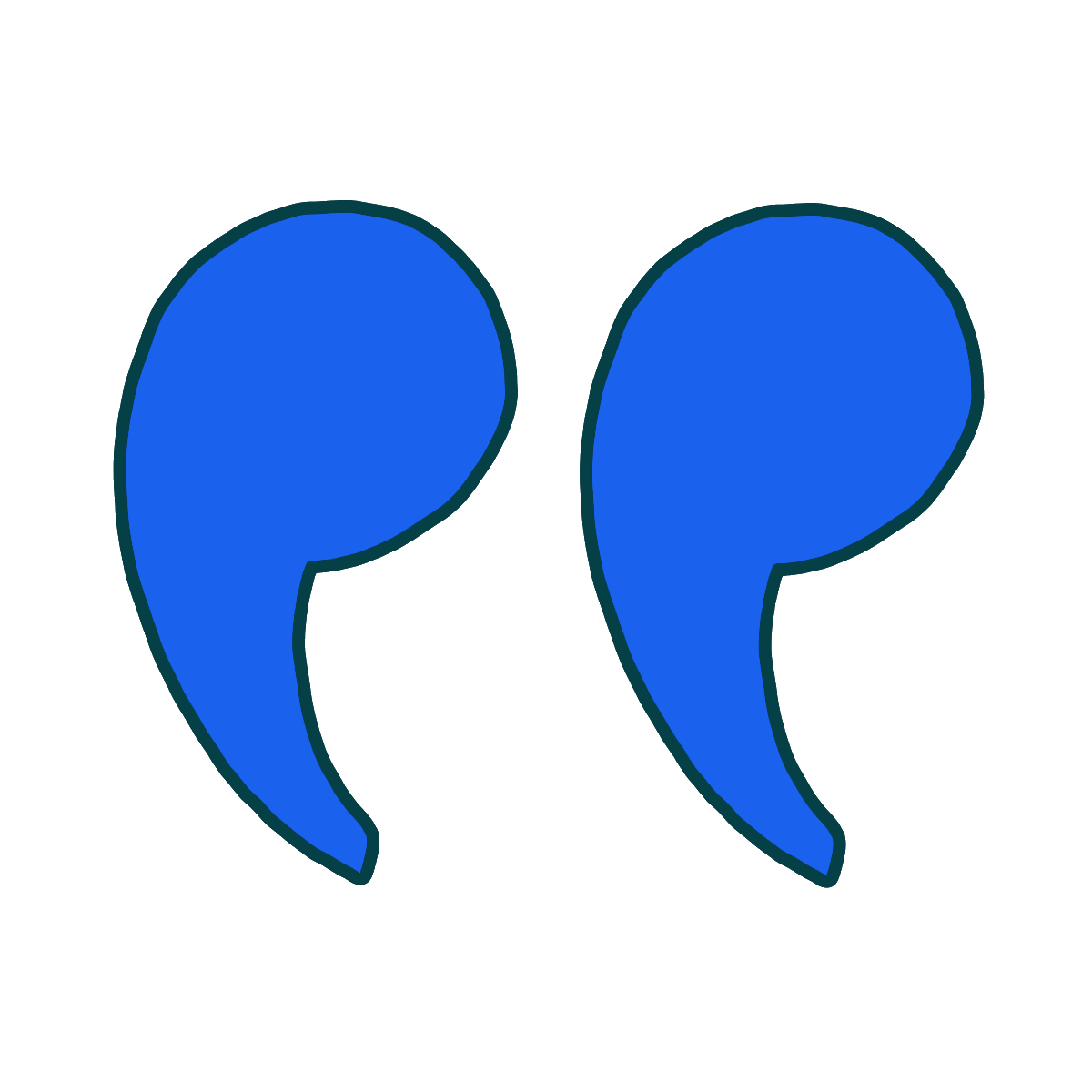
|
Explanations for every quote we cover.
Detailed quotes explanations (and citation info) for every important quote on the site.
Learn more
|

|
Instant PDF downloads of 136 literary devices and terms.
Definitions and examples for 136 literary devices and terms. Instant PDF downloads.
Learn more
|

|
Compare and contrast related themes.
Compare and contrast Related Themes across different books.
Learn more
|

|
Teacher Editions for all 1916 titles we cover.
LitCharts Teacher Editions for every title we cover.
Learn more
|

|
PDFs of modern translations of every Shakespeare play and poem.
PDFs of modern translations of every Shakespeare play and poem.
Learn more
|

|
Advanced search across our collection.
Advanced Search. Find themes, quotes, symbols, and characters across our collection.
Learn more
|
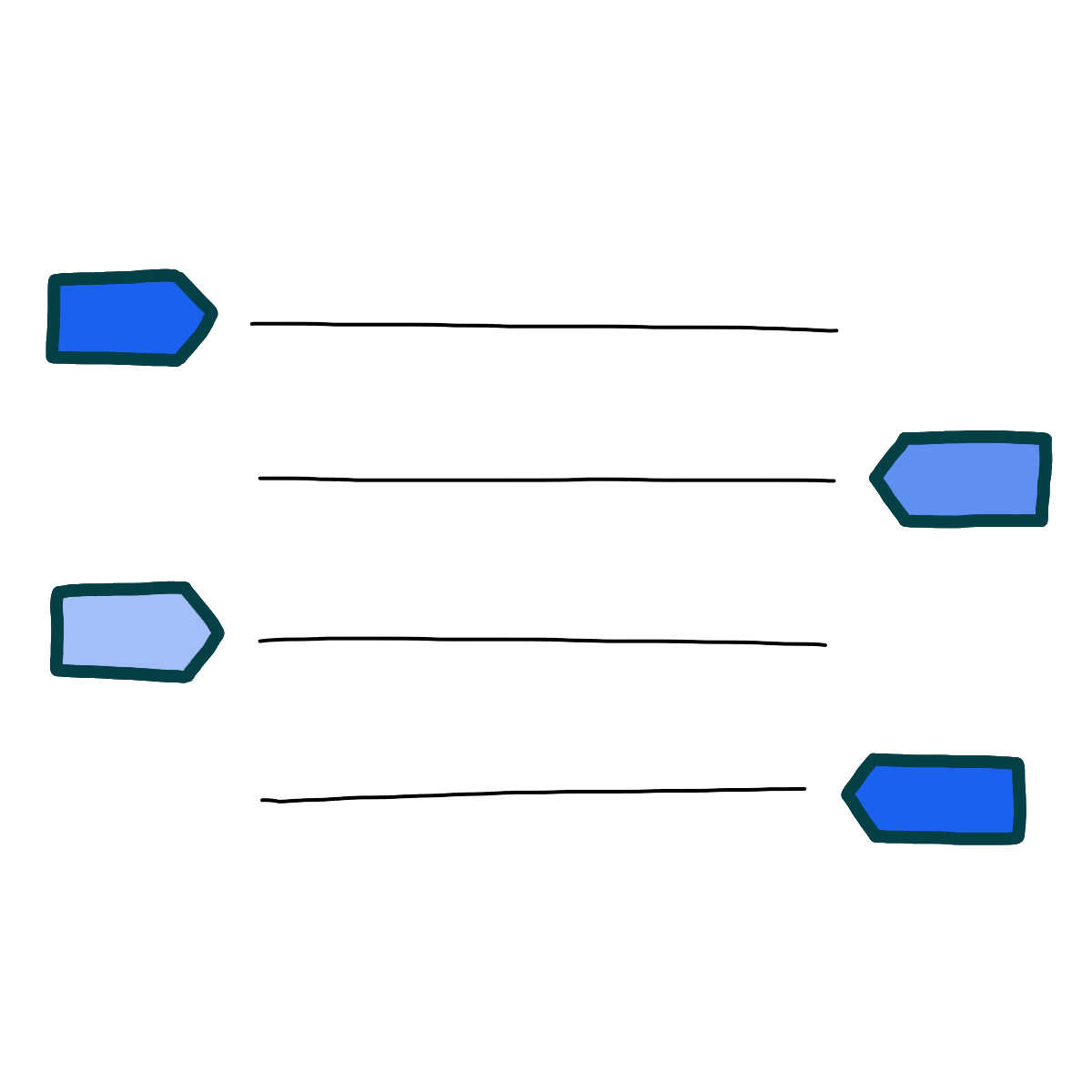
|
Line-by-line explanations, plus analysis of poetic devices for lyric poems we cover.
Line-by-line explanations, plus analysis of poetic devices for every lyric poem we cover.
Learn more
|


For every lyric poem we cover.
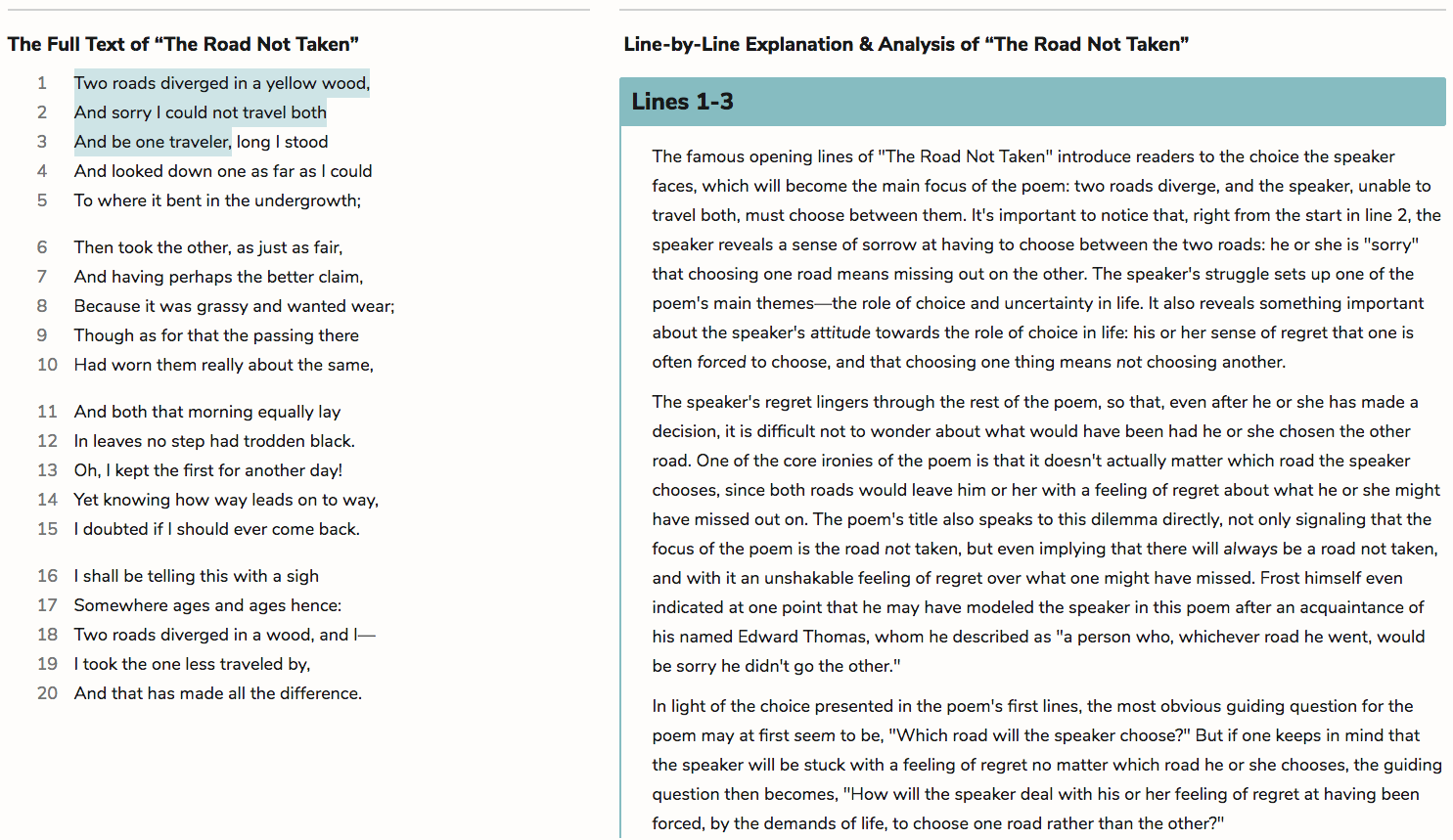


Literature Guide PDFs
LitCharts PDFs for every book you'll read this year.
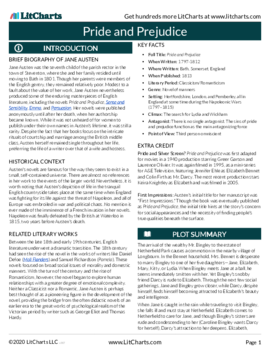


Quotes Explanations
For all 42,382 quotes we cover.
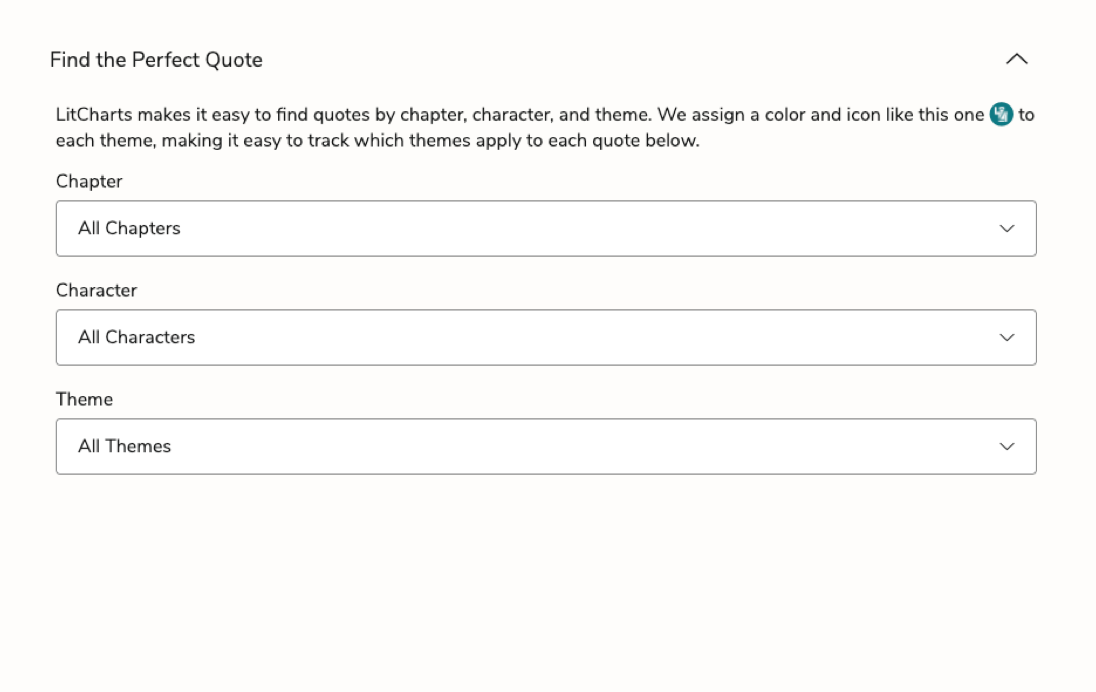
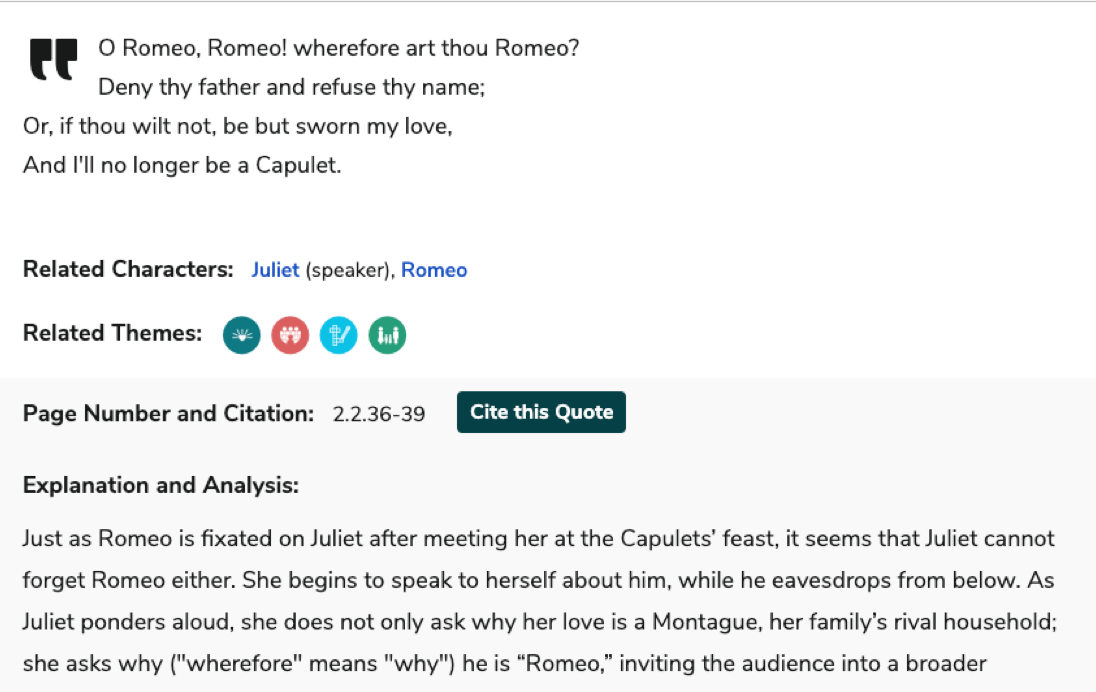
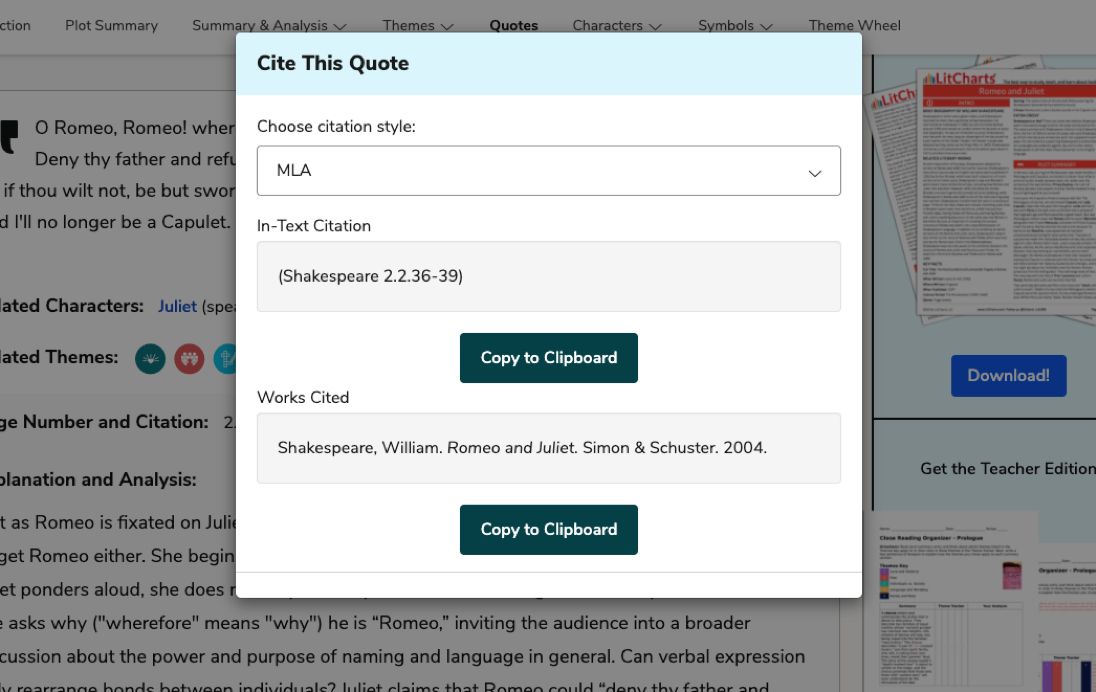


Teacher Editions
Time saved for teachers.
For every book we cover.
Common Core-aligned



PDFs of modern translations of every one of Shakespeare's 37 plays, 154 sonnets, and 3 longer poems.


Plus a quick-reference PDF with concise definitions of all 136 terms in one place.
